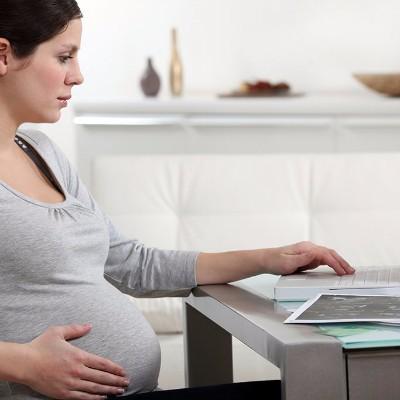What symptom does child abdomen epilepsy have?
summary
Abdominal epilepsy in children is a kind of epilepsy with paroxysmal transient abdominal pain as the main clinical manifestation. The abdominal pain of this disease is recurrent, lasting for several minutes to several hours. The attack and termination are sudden. The pain is mostly around the umbilicus, and can also involve the upper abdomen, often accompanied by nausea, vomiting and diarrhea. During the attack, there is no consciousness loss, but there are some changes such as disorientation and mental ambiguity. The etiology of the disease is unknown, mostly in children, rare in adults. So, what symptom does child abdomen epilepsy have? Let's talk about it.
What symptom does child abdomen epilepsy have?
Symptom one: the disease is more common in children, the onset time can often be traced back to infancy. Adults are rare. There was no significant difference in incidence rate between male and female. It is characterized by sudden onset of abdominal pain, mostly around the navel and upper abdomen, and a few can radiate to the lower abdomen and abdominal side. The pain is more severe, such as colic or knife cutting, lasting for a few minutes or more.
Symptom 2: the attack is often accompanied by a certain degree of disturbance of consciousness, such as disorientation, disturbance of consciousness or mental fuzziness, but without complete loss of consciousness. Often accompanied by loss of appetite, nausea, vomiting, diarrhea and other gastrointestinal symptoms. There may also be other symptoms of autonomic nervous dysfunction, such as pale complexion, skin flushing, sweating, unstable blood pressure, hypothermia or fever, vertigo, syncope, etc.
Symptom 3: most patients are tired, sleepy or deep asleep after attack. I wake up feeling good. Seizures can often occur multiple times in a few days. In the intermission period of abdominal pain, other paroxysmal symptoms can appear, such as paroxysmal headache, as well as a variety of behavioral disorders. Some patients have paroxysmal abdominal pain attacks in the early stage, and then develop into seizures.
matters needing attention
The prognosis of this disease is generally good. Most patients have the tendency of spontaneous remission, individual often repeated seizures, can develop into a typical seizure.














